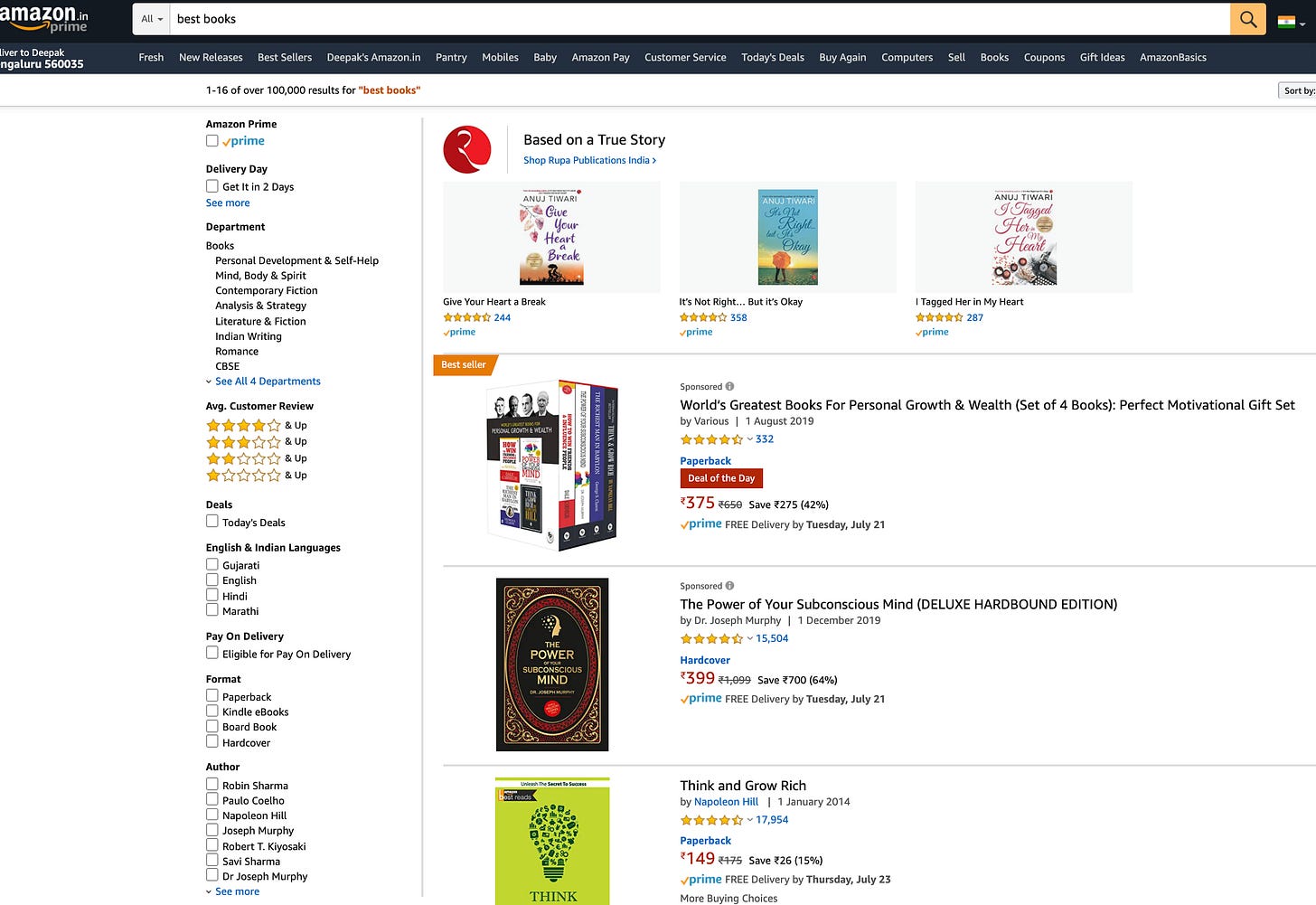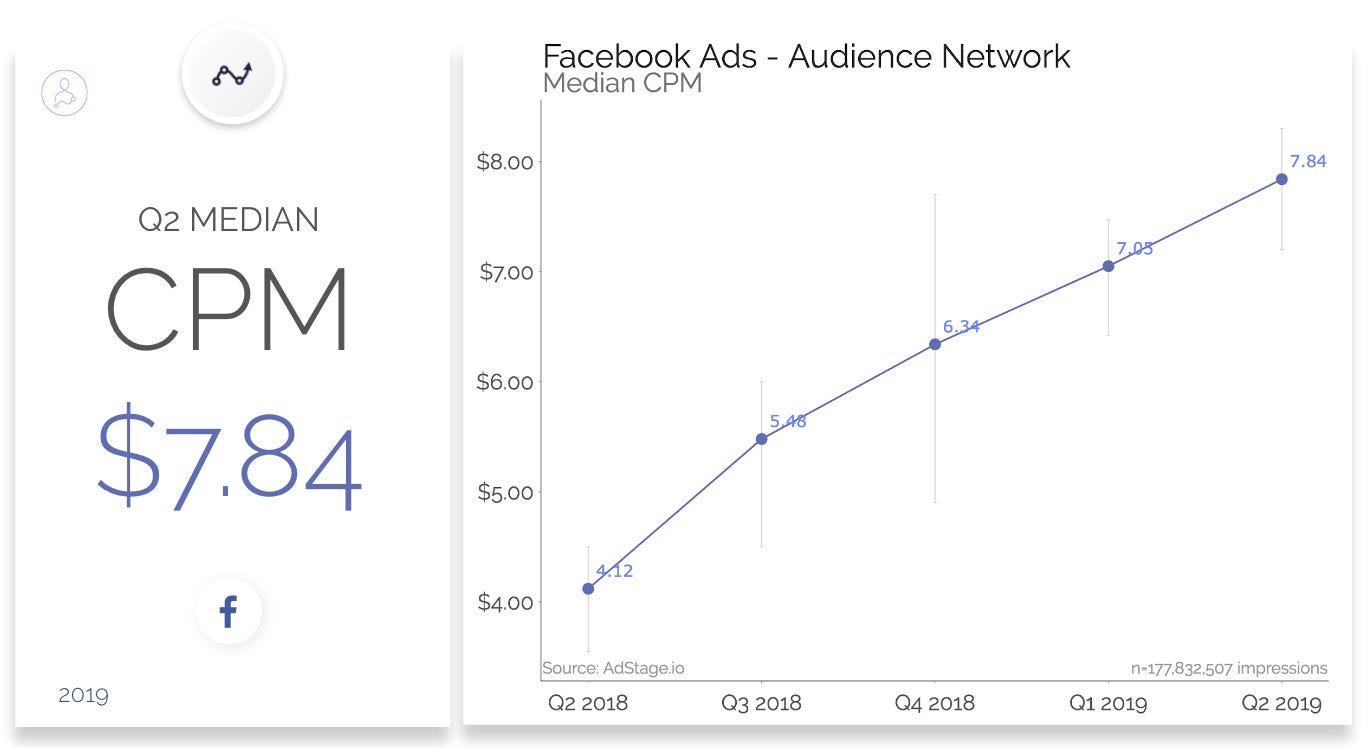Hello and welcome to part III of GTM strategy. We started this topic with a framework to define your GTM strategy. In part II, we covered different channels of GTM strategy and how to decide on which channels to explore depending on your product and market. In this post, we are going to cover channels that scale.
Before we start, I wanted to share with you a talk I gave this week on Gamification at Seamless Asia conference. I have received good feedback from LinkedIn on this, so do check it out
How to Engage Users with Gamification
Checkout the other posts that I have written if you haven’t
1500+ people have subscribed the growth catalyst newsletter so far. To receive the newsletter weekly in your email, consider subscribing 👇
If you aren’t familiar with the newsletter and online sessions, you can read about it here
Off to the update…
When it comes to scaling channels, we have limited options to consider. The key scalable channels for any product have two key attributes:
Majority of product TG is present on the channel
CAC:LTV equation for the product works at scale for this channel
If we make a list of such channels, four broad categories emerge
Online - ads, organic
Referral - incentivised referral, word of mouth, social share
Sales
Broadcasting channels like TV, Radio, Newspapers
The 1st question on whether your TG is present on these channels is something we have discussed in earlier posts. Let’s dig deeper into how to determine CAC:LTV equation of a channel.
Measuring CAC:LTV for a Channel
Evaluation of a channel requires knowing how much traffic and revenue you are getting from that particular channel. This can be done using analytics tools that track attribution of a converted/paid user to different channels/sources.
Attribution is tricky to do at times, especially for products with long conversion cycles (months). In such a case, the user comes to website/app multiple times through multiple channels to make a decision. So it becomes difficult to attribute it to one particular channel.
But don’t despair, analytics tools offer different ways to attribute traffic/revenue to channels. Here are different attribution models.
Different Attribution Models
You can check how Google Analytics attribution models and Appsflyer attribution models work to get a good idea.
Once you attribute users/revenue to a channel, you can quickly calculate money spent on a channel : revenue gained from users coming from the channel to get CAC : LTV ratio
Traceability of a Channel
Of the 4 broad categories listed above, online, referral and sales are easy to track and attribute. You can’t track users who came through broadcasting channels. So it hard to measure impact for broadcasting. Broadcasting channels also require significant investment without knowing whether they will work. As a PM/growth guy, you want to work through more measurable/scientific method of growth. For these reasons, I will not be covering broadcasting channels in the posts.
On this topic, marketers love to quoting John Wanamaker (1838-1922)
I keep reminding them that he said this 100 years back. We live in an age whether tech companies track and know us better than we know ourselves. It is possible to track all your monies ROI and spend accordingly.
Let’s see what online channels have to offer. There are two ways to get traffic from online channels - ads, organic. You pay money for ads, organic is fee. Here is the how organic and paid look for Google.
Ads (paid) vs Organic on a Google Search
Online Channels - Ads
You can spend money on ads at one of the bigger platforms like FB, Google, Youtube, Tiktok etc. to get users. Some basics in case you are new to ads
Depending on the platform, the nature of ads vary. All ads charge you money in one or more of these ways — cost per thousand impressions (CPM), cost per click (CPC), cost per conversion (CPCon).
Ads can be of different formats depending on the platform — search ads, video ads, display, social ads. For example, Youtube has video ads, Facebook offers both video and native (looks like a FB post) ads, Google search has search ads.
If you observe carefully, the platforms that offer online ads are all free platforms. They offer the product to the end user for free, thus creating a strong pull to attract all kind of users. Many of these platforms have billions of users visiting the platform every month.
These platforms then offer businesses an option to reach their target users through ads. They already have user information in terms of age, gender, geography, likes etc, so they can let the businesses create targeted ads for a particular TG.
Major platforms which are free and generate revenue on ads are:
Social media platforms like FB, Instagram, Snapchat, Pinterest, Quora
Video platforms like Youtube and Tiktok
Search platforms like Google, Bing, Yahoo
App stores like Play Store and Apple App Store
Blogs and Online Newspapers like Times of India, NYT
eCommerce platforms like Amazon, Flipkart, eBay, Alibaba
Online Channels - Organic
All of the platforms listed above, except news and blogs rely on user generated content (UGC)/ aggregation. Social media relies on status updates, photos, videos etc. generated by users. Tiktok and Youtube rely on micro-influencers generating videos. Search platforms rely on aggregating website/apps. eCommerce platforms aggregate sellers/ items on sale.
In UGC/aggregator platforms, search is often a good way to discover people, communities, businesses etc. So such platforms show organic search results so that end user can find what they are looking for quickly. This is to ensure a good experience for users, or the platform might lose them.
Organic channels are the channels where don’t spend money, but rather grow by appearing at the top of search/ recommendation of such platforms. For example, when I search ‘best books’ on Youtube, these results appearing on top will take the most traffic away.
Youtube Top Results for ‘Best Books’
Similarly, when I search top books on Amazon, certain books and sellers will come on top without ads - Think and Grow Rich in the image below
Amazon Results for Best Books
Usually, what works for one platform doesn’t work for the other. Also it takes long time to appear at the top of search/recommendation. So you have to figure out which platform to focus at early on.
There is a lot of literature available specific to the platforms. SEO, search engine optimisation, is a strong industry helping people appear at the top of search results from Google. Same is true about app store optimisation, Youtube keyword optimisation.
SEO and ASO are good places to start for any business. Once you understand how one platform works, it becomes very easy to figure out any other platform as the fundamentals are the same.
Competition on Online Channels
As competition keeps increasing on a particular channel over time, your have to be on continuous lookout for new platforms. Take facebook for example, it was a pretty good channel in the beginning but got worse over time.
The new and upcoming platforms, which haven’t been discovered by your competition, have lesser competition. So the CPMs and CPCs are lower.
In the next post, I will cover referrals and sales. Till then, take care!
Sincerely,
Deepak







